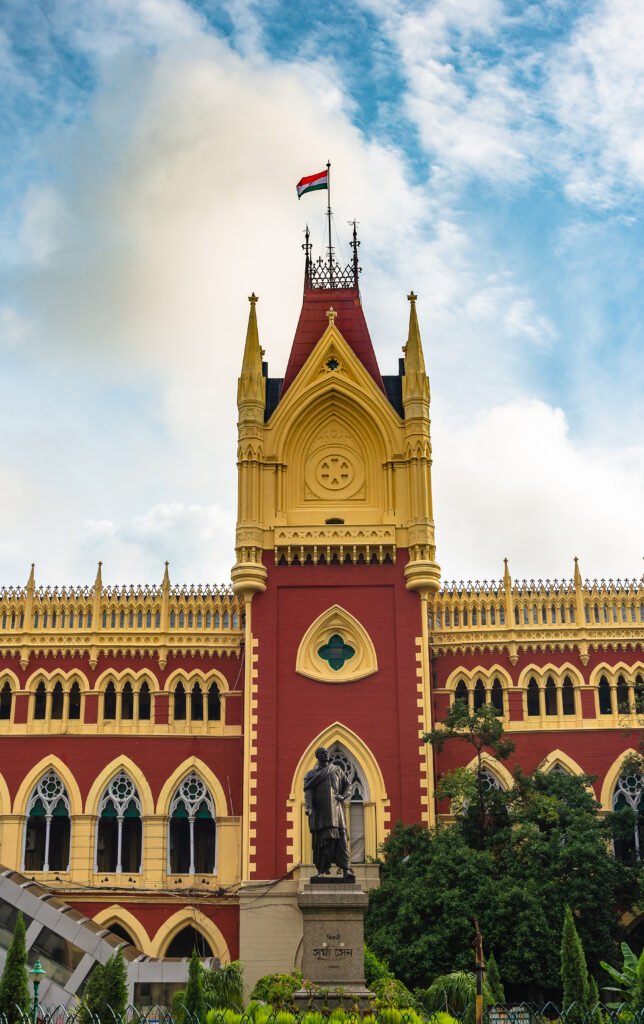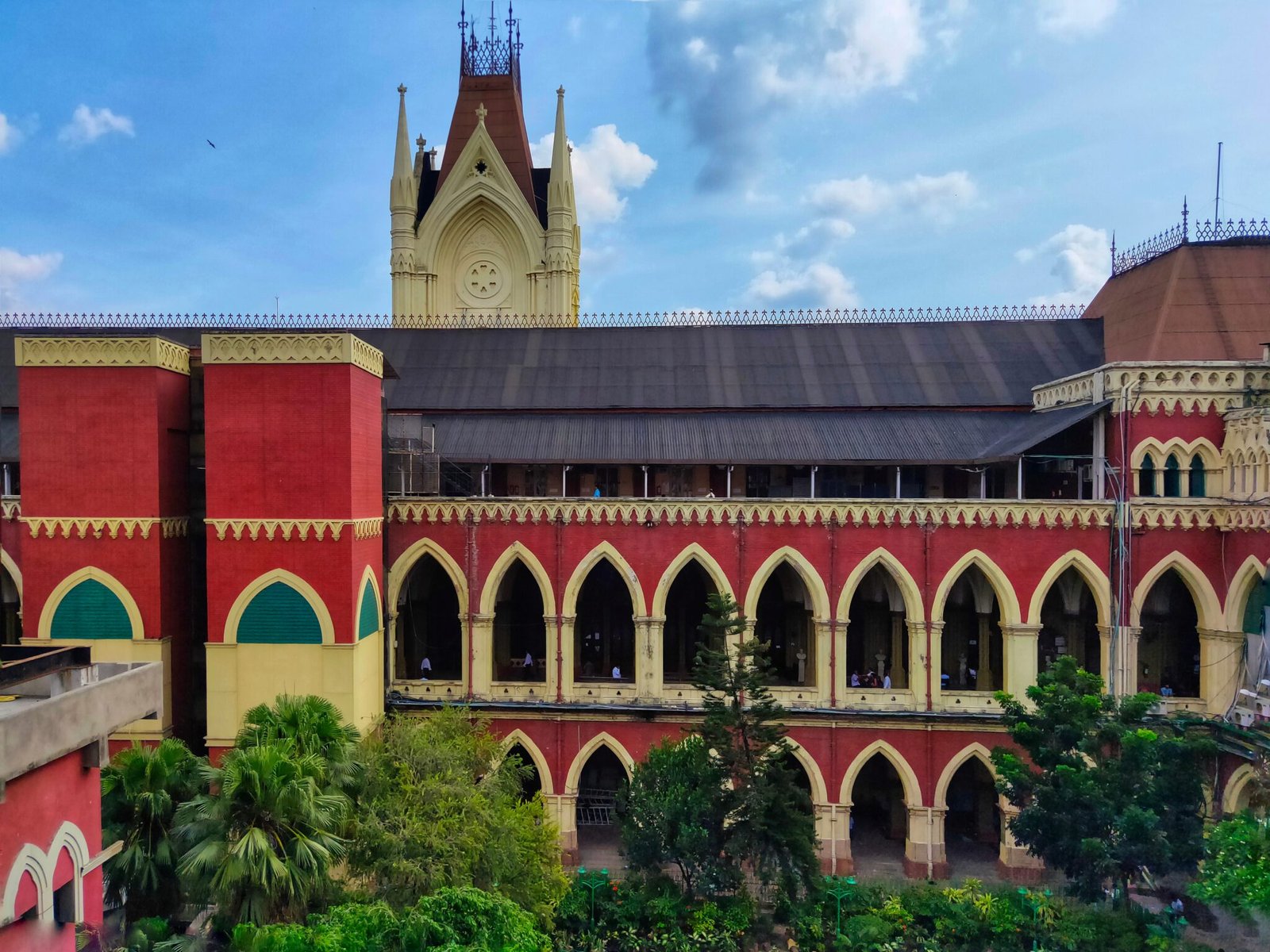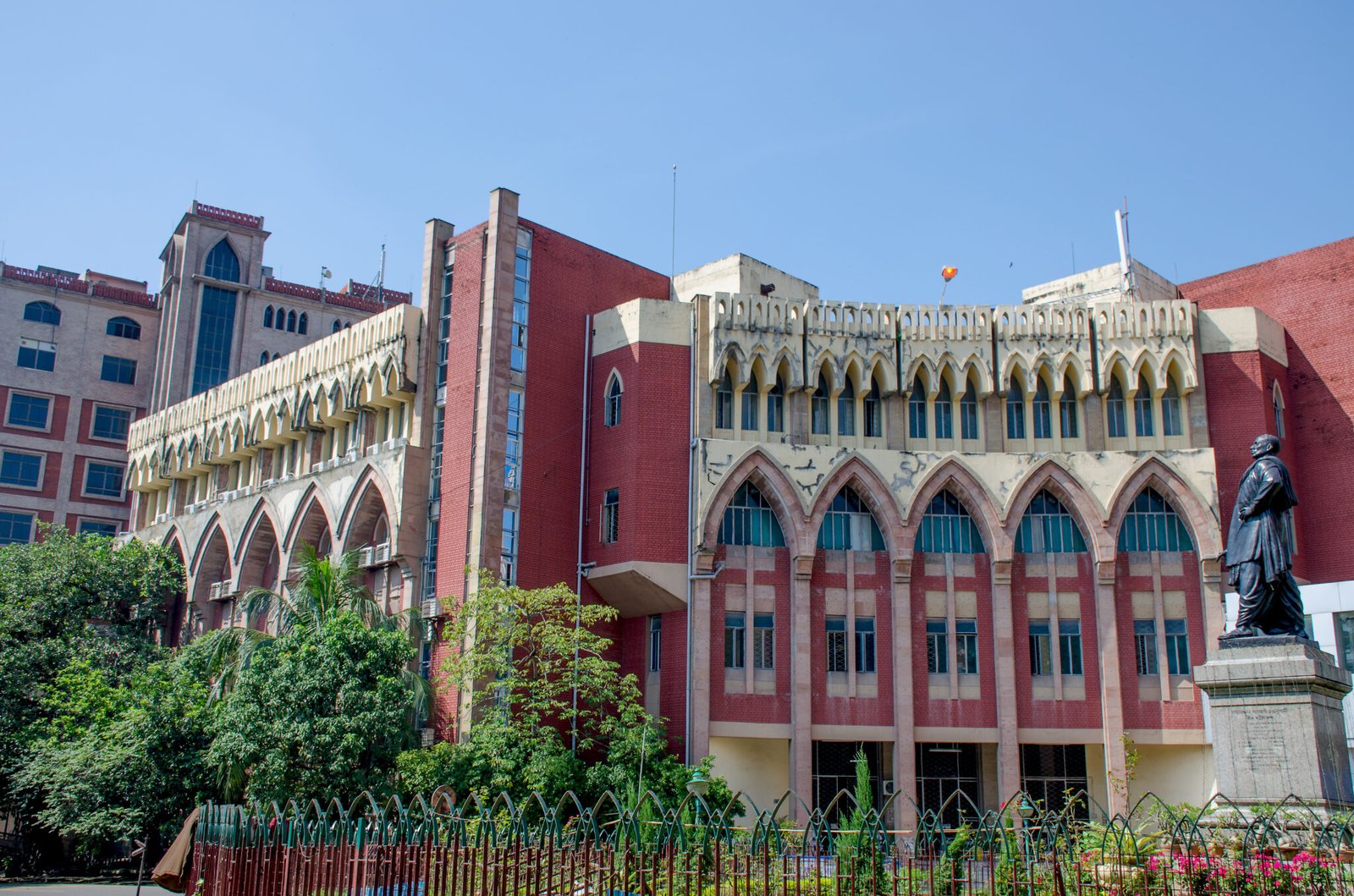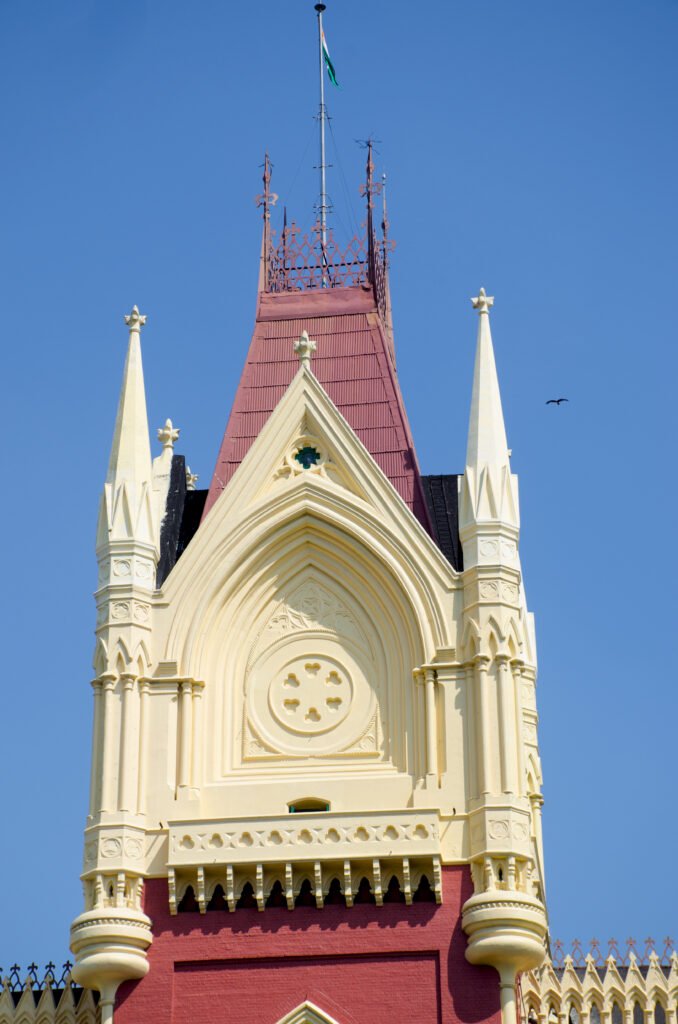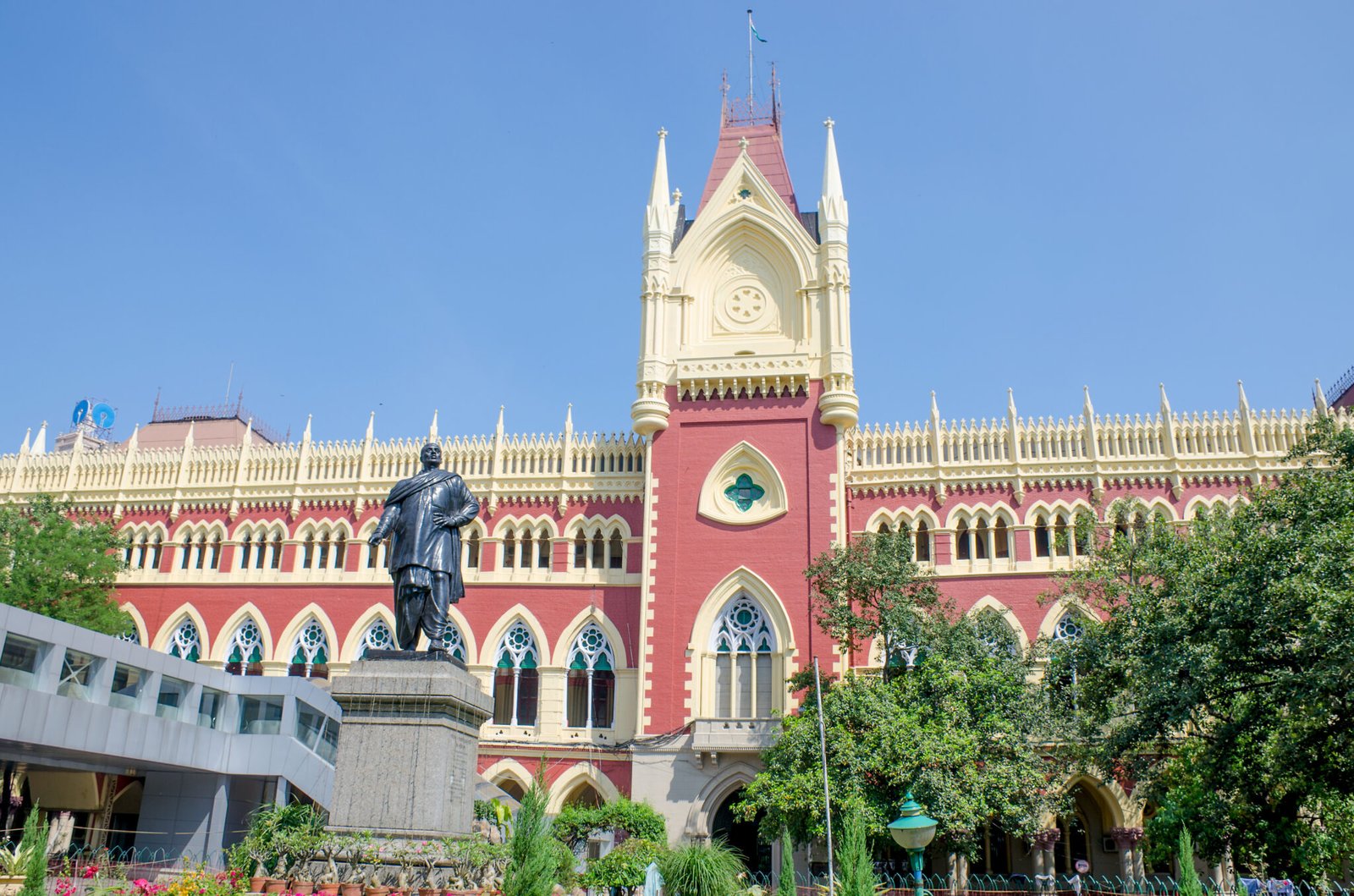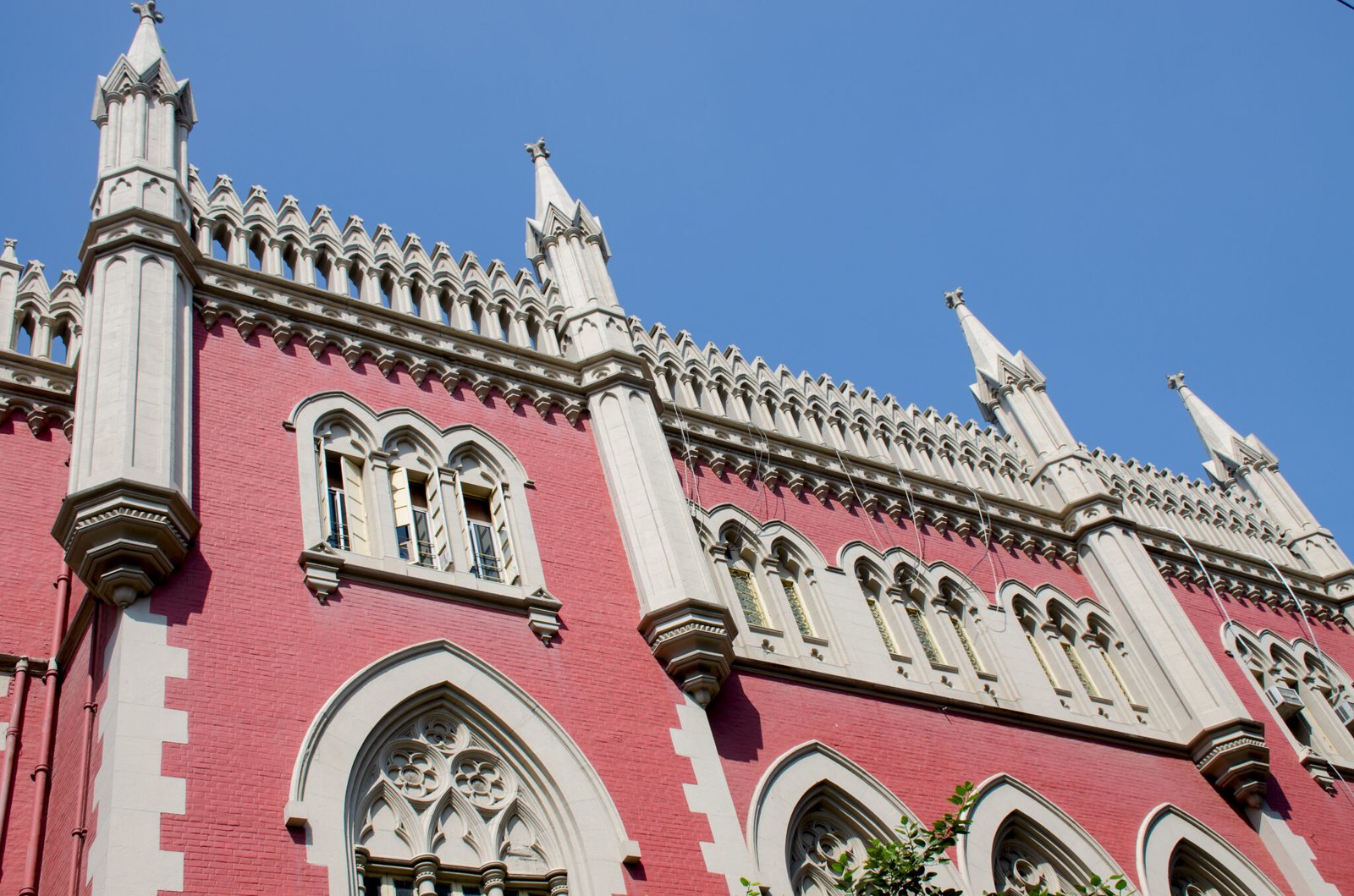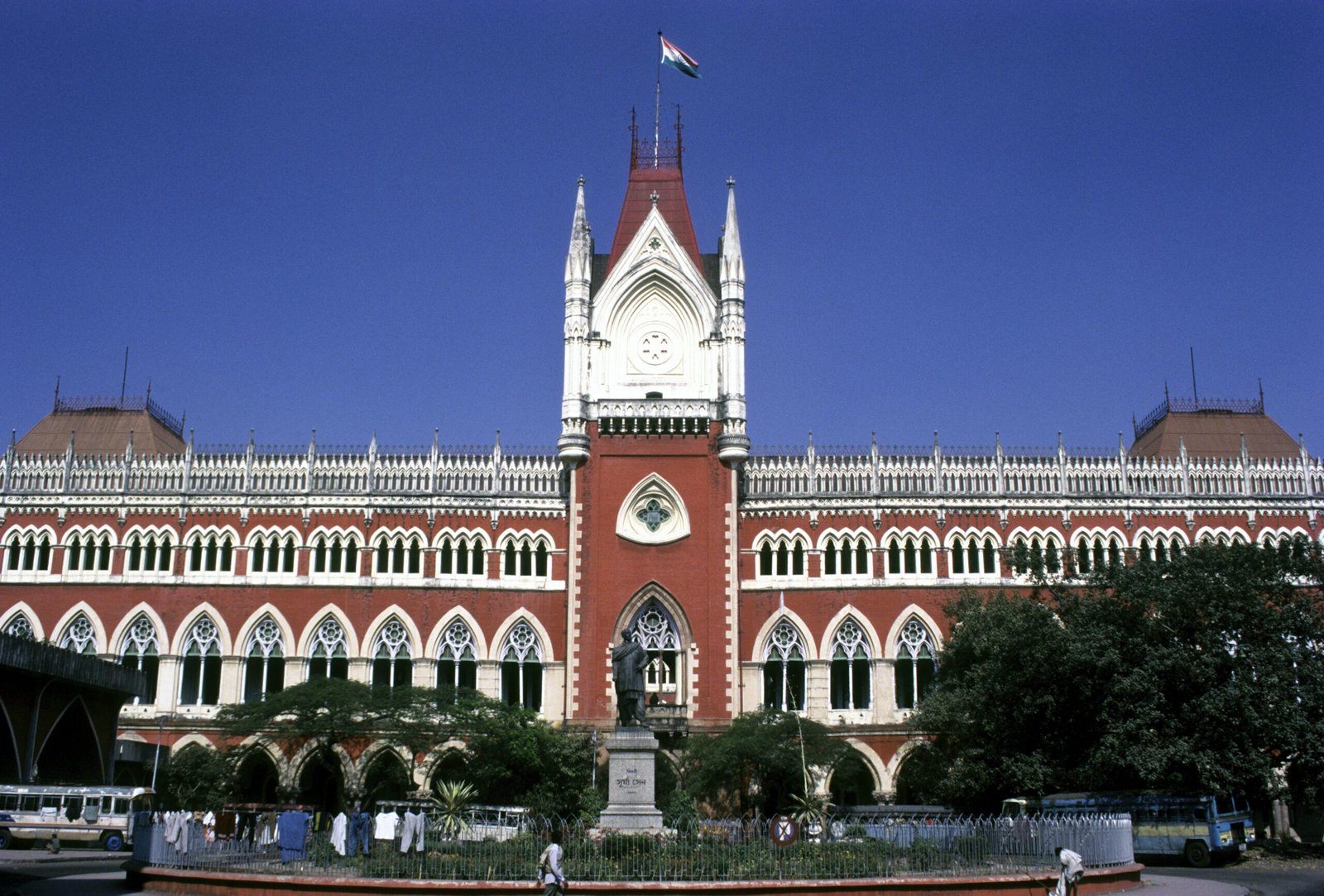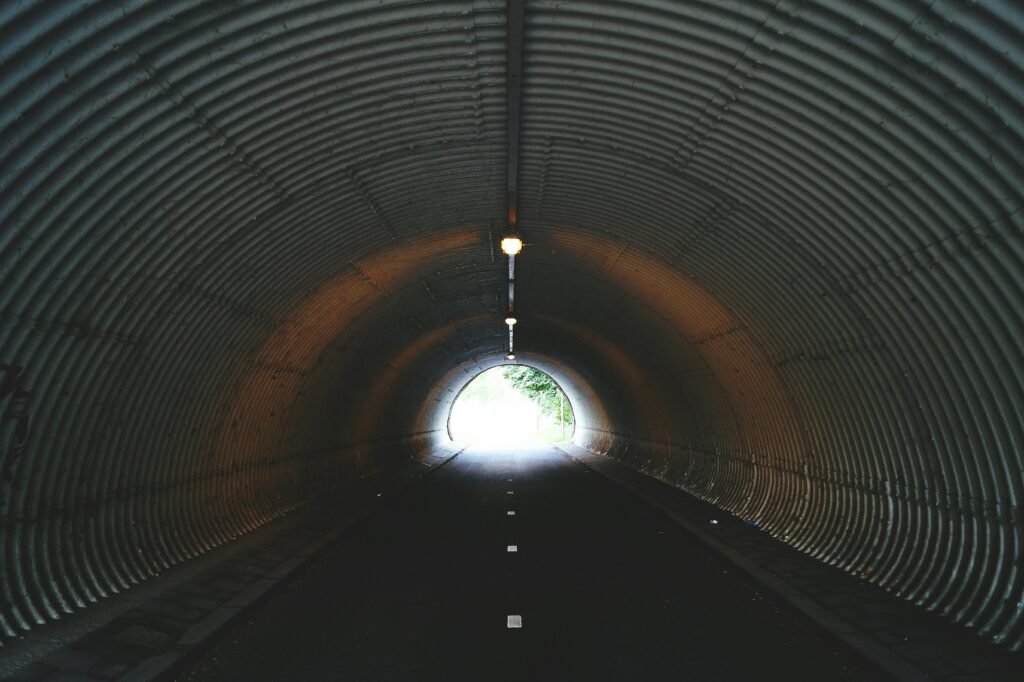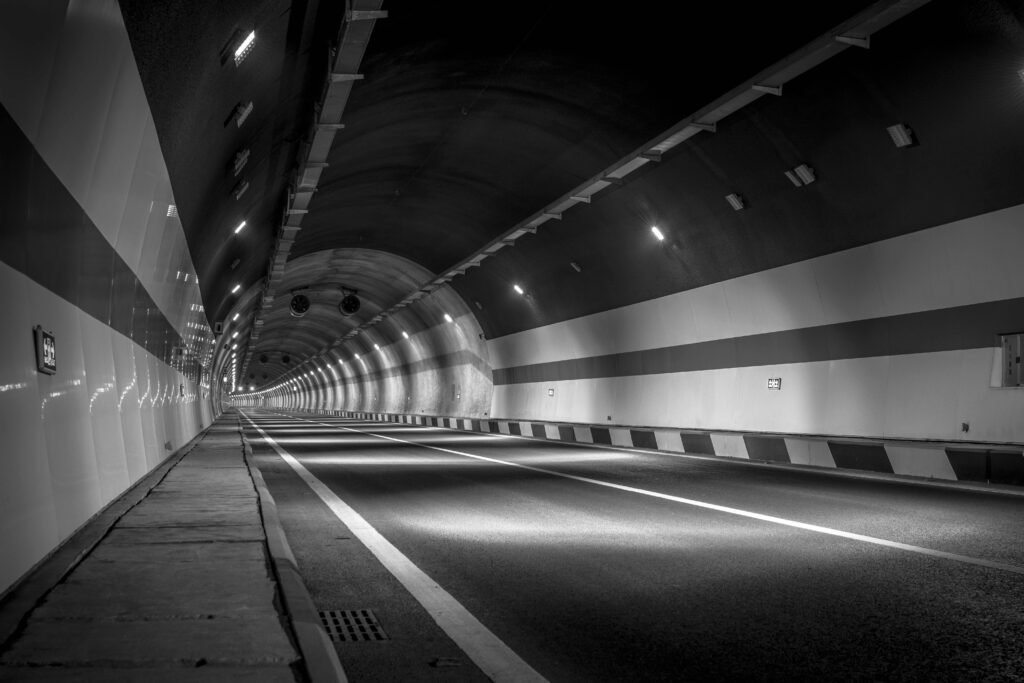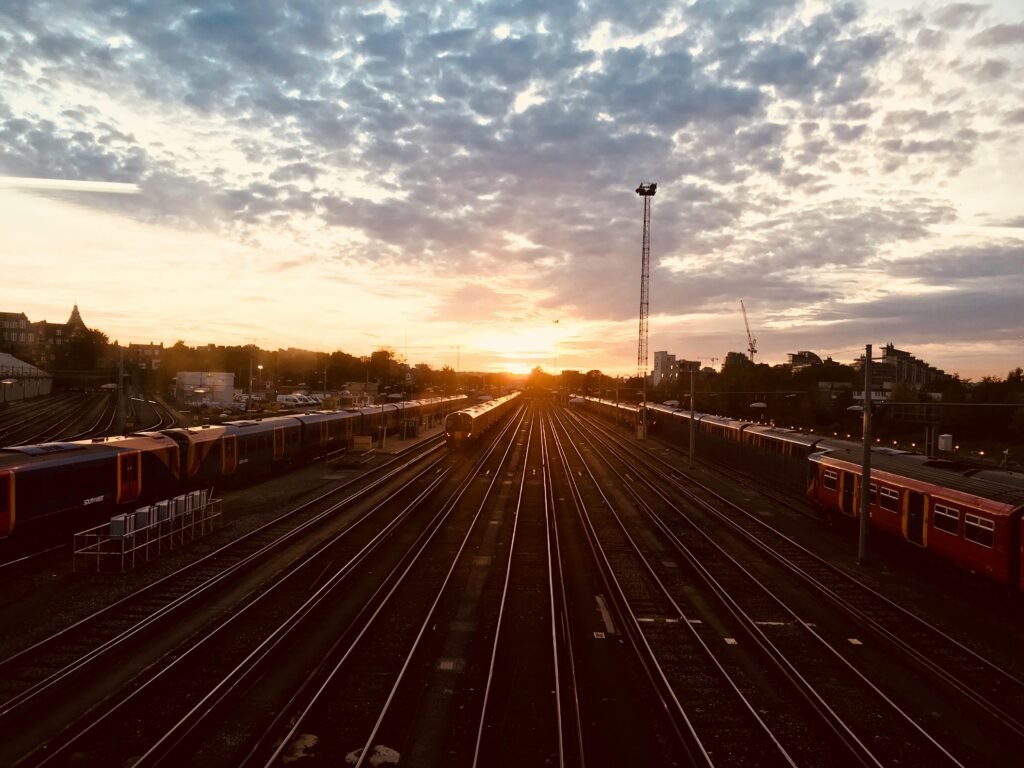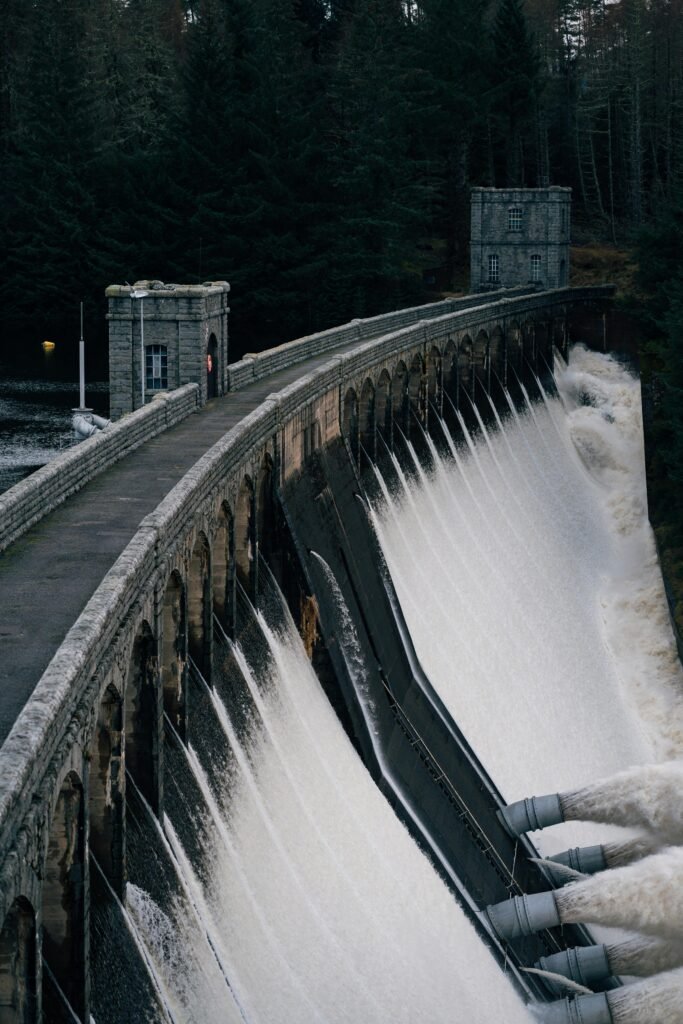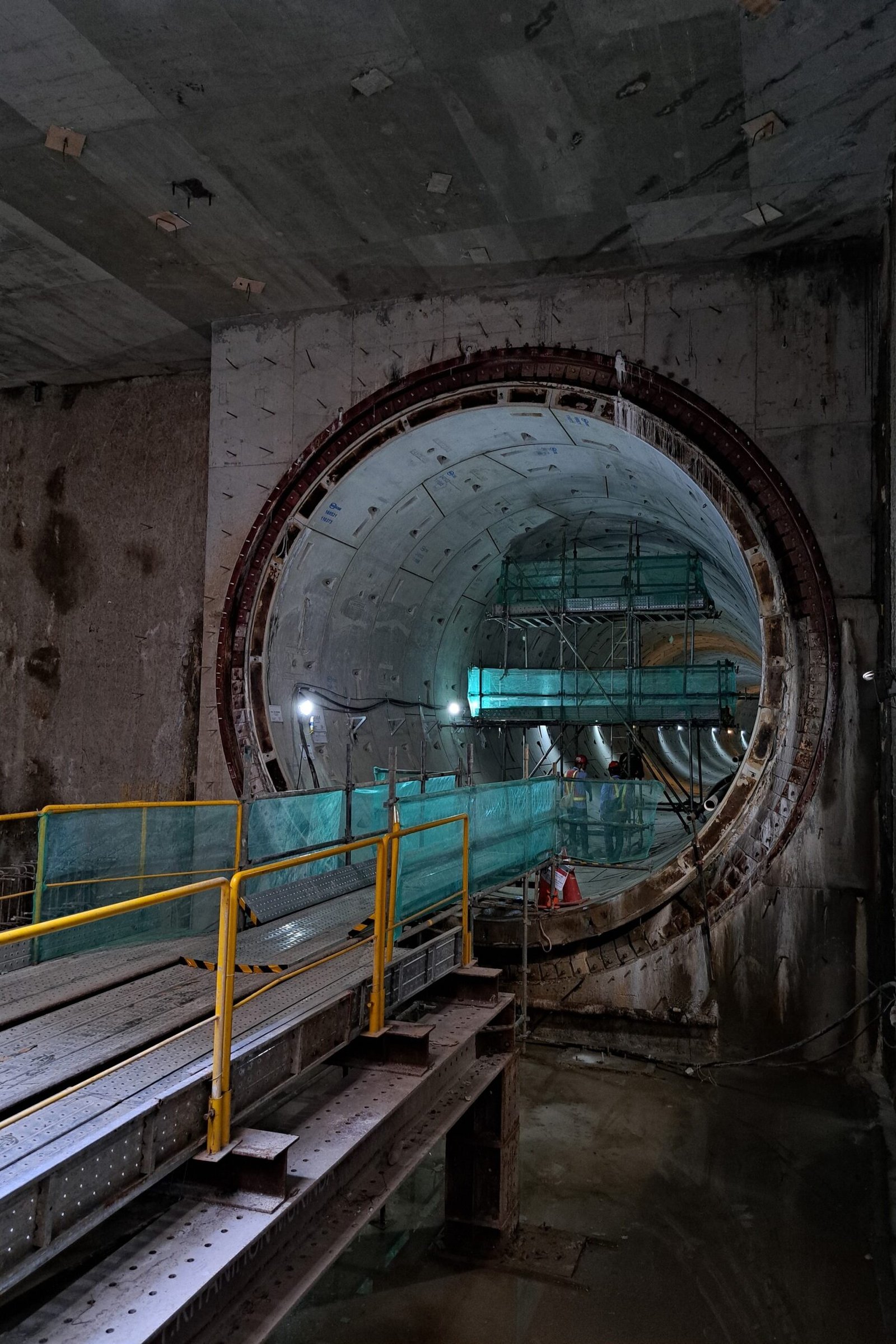
Location
Type
Client
Services
The Parsik Tunnel Rehabilitation – a landmark railway tunnel restored with precision to combat severe water ingress and ensure uninterrupted operations on one of India’s busiest rail corridors.
Project Details
The 1.3km long Parsik railway tunnel is one of the Oldest & busiest railway tunnels in India. After the completion of the tunnel, it became the third-largest tunnel in Asia & first railway tunnel in India in 1916. It also became a landmark project for the Indian Railways by being the 1st mile-long tunnel constructed by Indian Railways, during the British period in India.
PRIMARY CHALLENGE AT HAND
Water ingress into the tunnel
There was often heavy water seepage inside the tunnel. A section of approximately 75m inside the tunnel experienced severe seepage during the monsoon season. The water ingress continued till the months of December/January and then reducedto dripping at multiple places. The deterioration was age-related as well as due to heavy encroachment upon the hill where the tunnel has been dug. Due to continuous seepage the strength of the arc above the railway lines was deteriorating. Rust had begun to afflict the railway lines. The seepage would have led to a major disaster in the coming years.
OPERATIONAL CHALLENGES:
The traffic of the trains cannot be stopped because it is one of the main lines. The work needed to be done despite the traffic.
Other highly challenging constraints were:
- Working space constraint
- Limited working hours
- Consistent water ingress
- Poor geology
- High-voltage electric line going along
- No ventilation duct available
Advanced waterproofing and structural rehabilitation techniques were deployed to address persistent water ingress and age-related deterioration in the 1.3 km Parsik Tunnel. Despite operational constraints such as continuous train traffic, limited working space, and poor geology, the project successfully reinforced the tunnel’s structural integrity. This meticulous approach not only safeguarded a century-old engineering marvel but also ensured the continuity of a critical railway link for millions of commuters.

